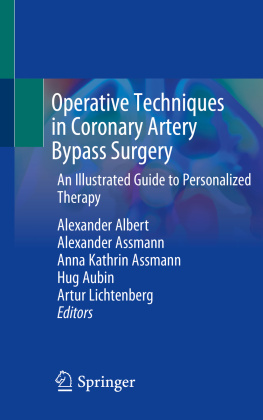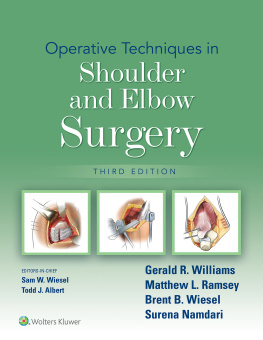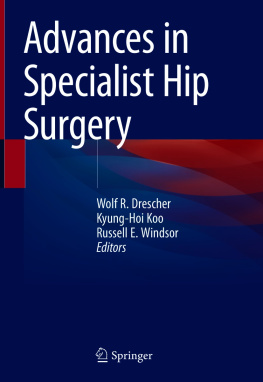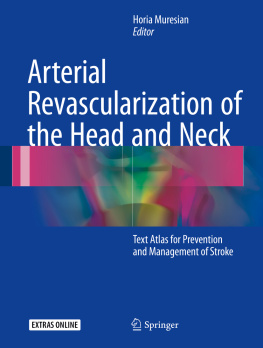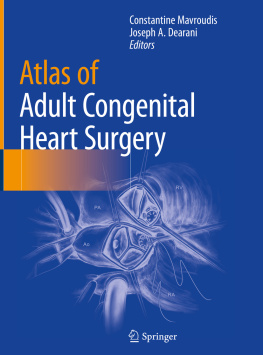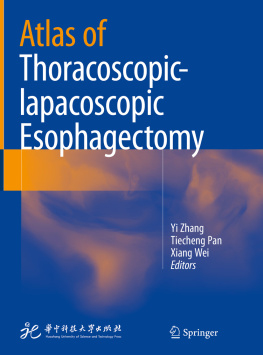Alexander Albert - Operative Techniques in Coronary Artery Bypass Surgery: An Illustrated Guide to Personalized Therapy
Here you can read online Alexander Albert - Operative Techniques in Coronary Artery Bypass Surgery: An Illustrated Guide to Personalized Therapy full text of the book (entire story) in english for free. Download pdf and epub, get meaning, cover and reviews about this ebook. year: 2020, publisher: Springer, genre: Home and family. Description of the work, (preface) as well as reviews are available. Best literature library LitArk.com created for fans of good reading and offers a wide selection of genres:
Romance novel
Science fiction
Adventure
Detective
Science
History
Home and family
Prose
Art
Politics
Computer
Non-fiction
Religion
Business
Children
Humor
Choose a favorite category and find really read worthwhile books. Enjoy immersion in the world of imagination, feel the emotions of the characters or learn something new for yourself, make an fascinating discovery.
- Book:Operative Techniques in Coronary Artery Bypass Surgery: An Illustrated Guide to Personalized Therapy
- Author:
- Publisher:Springer
- Genre:
- Year:2020
- Rating:4 / 5
- Favourites:Add to favourites
- Your mark:
Operative Techniques in Coronary Artery Bypass Surgery: An Illustrated Guide to Personalized Therapy: summary, description and annotation
We offer to read an annotation, description, summary or preface (depends on what the author of the book "Operative Techniques in Coronary Artery Bypass Surgery: An Illustrated Guide to Personalized Therapy" wrote himself). If you haven't found the necessary information about the book — write in the comments, we will try to find it.
This book provides an invaluable practically applicable and comprehensive manual to coronary artery bypass grafting (CABG) surgery. Critical concepts and techniques are discussed in an easy-to-follow and understand step-by-step guide, featuring a wealth of intraoperative photos and illustrations with concise and instructive descriptions. Topics covered include classical sternotomy, variants of arterial revascularization, off-pump and minimally invasive techniques (MICS-CABG).
Operative Techniques in Coronary Artery BypassSurgery provides invaluable assistance to residents, fellows and trainee surgeons by explaining theoretical and technical aspects of the latest advances in procedural techniques and therapy personalization to optimize CABG surgical outcome. Considering that any heart team depends entirely on the participants knowledge and their willingness to cooperate, this work allows cardiologists and the other participants of a heart team to better understand the strengths and limitations of state-of-the-art surgical coronary revascularization. The concepts synthesized within the checklists and decision algorithms provided also enable the reader to develop their knowledge of which technique is the most appropriate for a particular patient.
Alexander Albert: author's other books
Who wrote Operative Techniques in Coronary Artery Bypass Surgery: An Illustrated Guide to Personalized Therapy? Find out the surname, the name of the author of the book and a list of all author's works by series.

